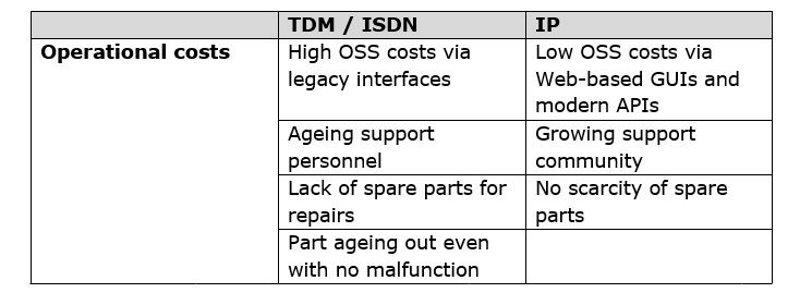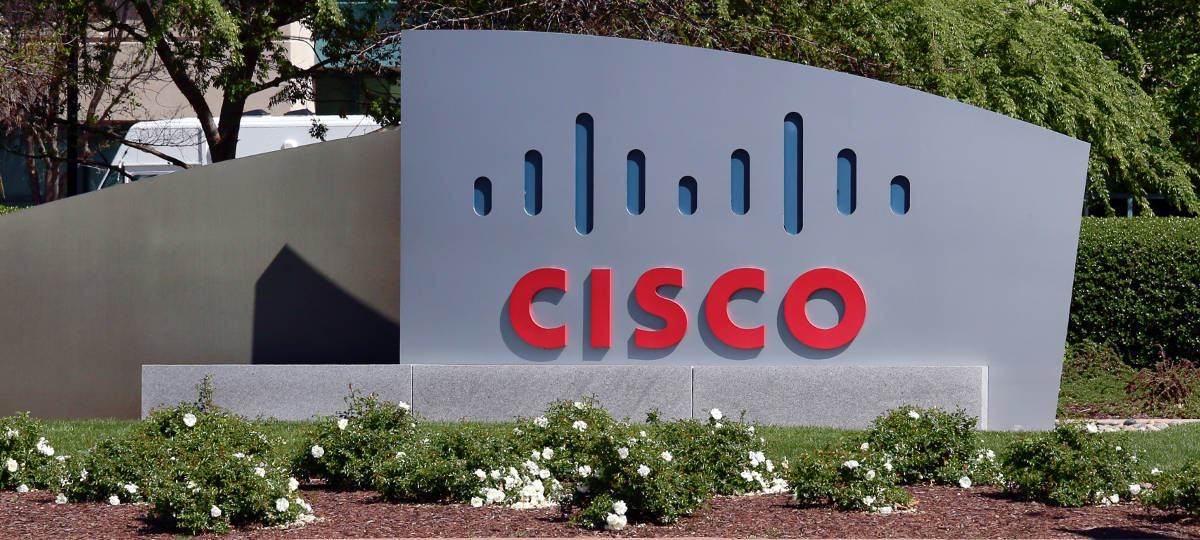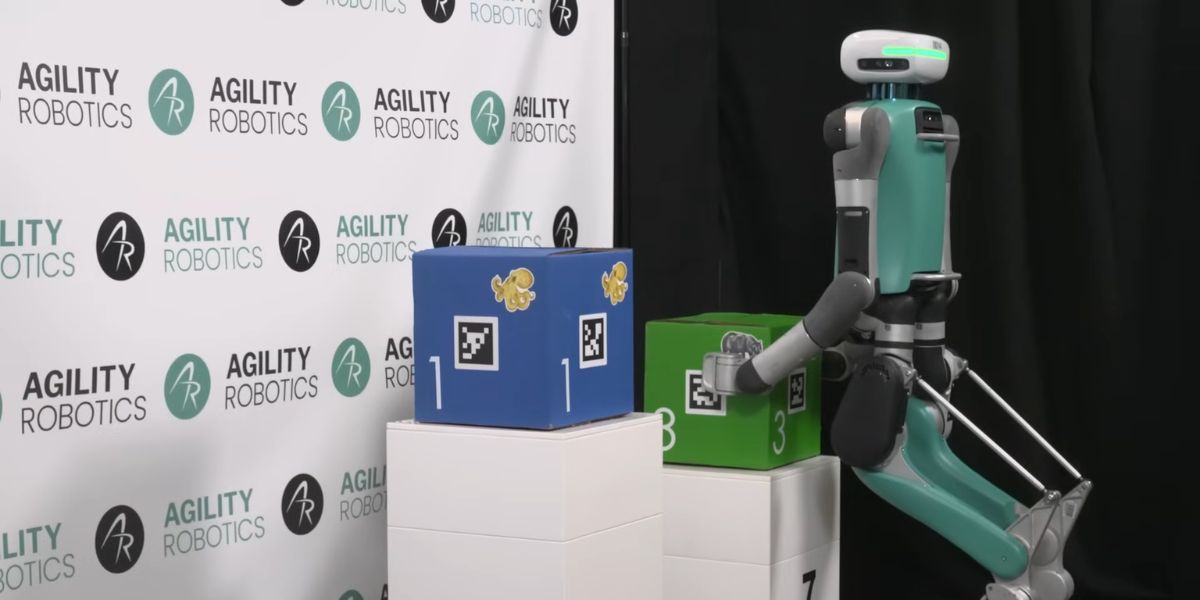From a communications perspective and in our evermore rapidly developing, hyper-connected world, TDM and ISDN services have to transform to run over the same Ethernet and IP networks that support the unlimited applications, OTT services and on demand bandwidth that businesses and consumers rely on.
Herein lies a major Network Operator Conundrum
The pressure to retire legacy networks is building; it is not going away. So how can the retirement be tackled so that customers of traditional services don’t switch off along the away?
Whilst the expansion of Carrier Ethernet and the age of the Fourth Industrial Revolution seems unstoppable, customers are still demanding service assurance for their traditional services. This can be evidenced by a continuing reluctance to embrace voip. Carrier Ethernet enables customers to be offered the same SLAs that they have become accustomed to expecting. The dilemma for the network operator is to either A) maintain their ageing legacy network or B) retire traditional services and say goodbye to profitable customers.
To choose option A is an intensive care situation – a battle to keep TDM and ISDN equipment going when it is up to 50 years old and at the end of its natural life. Option B is little better as the top and bottom lines are hit hard.
The fact is that although every network operator is different with varying reach, footprint and network legacy infrastructure, today they are all faced with the same dilemma and the 5 no-brainer reasons for turning off TDM networks are not going away. They are as follows:
1. Escalating operational costs
Now up to 50 years old, TDM / ISDN networks prospects for survival don’t look good.
Legacy interfaces mean OSS costs are high and rising. The hardware is increasingly subject to electronic decay and costs of sourcing parts (if they can be sourced at all) continue to escalate. The power demands of legacy systems add to the problem, not to mention the valuable space that these large switches require.
Crucially, the price to support each bit of data is growing fast. The vital statistics don’t look good. The table below, from Yankee’s 2014 report ‘Transitioning the PSTN to IP: What’s in a Number?’ (1) highlights how compelling the arguments are for transitioning from TDM / ISDN to IP / Ethernet. The same Yankee Group report estimates that the cost of maintaining the PSTN network will increase by 70% per line between 2013 and 2020.

2. Lack of skills and knowledge
No one is being trained in TDM anymore. The demographics are undeniable: experienced TDM / ISDN engineers and technicians are ageing out of the workforce, and the generations that are replacing them are far more likely to be familiar with packet technologies than with TDM / ISDN.
As the workforce ages alongside the technology and trained personnel become increasingly rare, finding the technicians to maintain legacy systems will become absurdly expensive, if not impossible.
The same problem has already emerged in the utility sector, with the Bureau of Labor Statistics reporting that almost half of the utilities workforce will be nearing retirement age within the next 10 years (2).
AT&T Proposal for Wire Center Trials, Federal Communications Commission, February 2014 (3) quoted: “The best and the brightest minds emerging from our nation’s leading engineering universities are focussed on IP and Ethernet technologies, the technologies of the future.”
3. Lack of Spare Parts. No one is making TDM parts anymore.
Manufacturers are focusing their businesses on the networks of the future, not on technology that’s being displaced. As the rate of EOL notices accelerates the decline in TDM / ISDN equipment, the search for spare parts to keep legacy TDM / ISDN networks going will become impossible before too long.
When AT&T has to turn to eBay to locate spare parts for its TDM / ISDN network, you know there’s a problem (3)
4. Electronic decay
With components that have been in situ for up to 50 years, it’s inevitable that ageing equipment is subject to decay. Already, common issues with deteriorating TDM / ISDN switch components include components catching fire and back-plane pins fusing.
The manual for the DMS 100 switch notes that components on key cards are expected to fail at least once or possibly more within the first 15 years of life. When you consider that there are thousands of these chips in a DMS switch, the scale of the problem of component decay simply can’t be ignored.
Added to the scarcity of replacement parts, the problem of component failure compounds the fragility of TDM / ISDN networks. As the risks and strains on the network multiply, the ability to safeguard service delivery becomes increasingly problematic.
5. Lack of resilience
Lack of engineers. Lack of spares. Components nearing End of Life.
Everything points towards higher instances of outage undermining the service integrity. Service recovery times increase. Service delivery is threatened.
Barriers Preventing Legacy Network Retirement
If the arguments for switching off TDM / ISDN networks seem compelling, those for keeping the customer services available seem equally convincing. They are quite simply revenue loss, risk of losing the customer and brand damage.
Traditional legacy network services are revenue-rich. When you compare the revenue per bit of TDM / ISDN versus Ethernet, the numbers speak for themselves.
It’s difficult to be accurate about the figures as no one’s really counting any more though its estimated there are still 40,000 TDM / ISDN switches currently in use around the world servicing around 900 million lines. With the continuing decrease in domestic lines, these lines are increasingly serving enterprise customers (4)
Given the significant number of legacy services still being delivered, it’s a brave operator who chooses to walk away from this revenue and risk losing loyal, high-value business customers.
So, the question remains: how do you switch off your legacy networks without switching off your customers?
Today a common retirement strategy is for the operator to force customers to migrate to IP/Ethernet, in some cases offering incentives to protect against churn. Though this may work in some situations, it is often the case that the end user CFO is not prepared to write-off the investment in the legacy equipment before time and indeed find the budget to finance the change. There is an immediate tension between provider and customer.
So what is the solution?
It’s simple – Adapt the legacy into the world of the virtual.
Service Providers should seek a solution that can transport legacy services over Ethernet networks alongside native Carrier Ethernet services. Use the QoS capabilities of Carrier Ethernet to enhance the management of the legacy service. Keep presenting the legacy interface to the customer and hence keep the customer (and the revenue) happy.
All the benefits of Carrier Ethernet are still delivered. The flexibility provided by NFV will still be provided however the timing of the migration from the legacy to the virtual will be more flexible. The customer will appreciate more control on the migration to a pure Carrier Ethernet environment. The service provider will be able to switch off the increasingly challenged legacy infrastructure yet still keep the legacy revenue.















